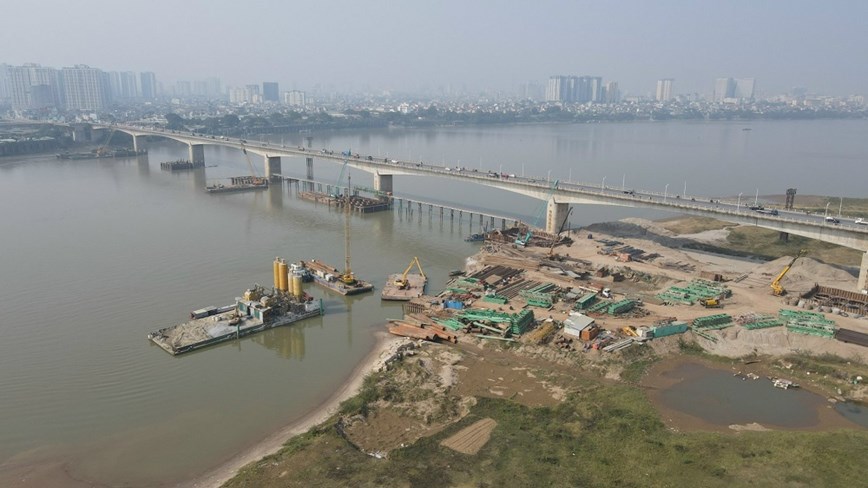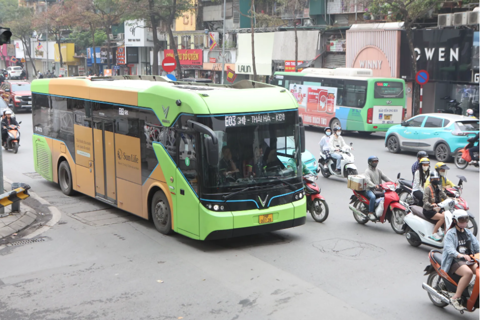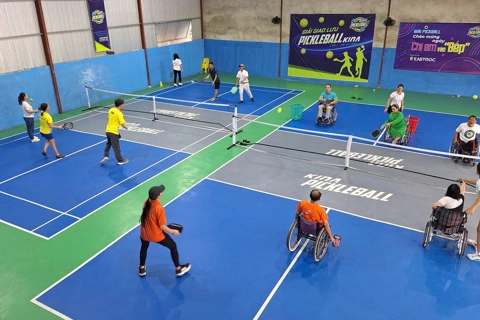Hanoi weighs launch of Red River waterbus
Once completed, the service would function as both a transportation route and a tourist itinerary linking cultural heritage sites.
Hanoi is planning a waterbus service along the Red River, aiming to enhance connectivity on both sides of the river.
| Red River from above. Photo: The Hanoi Times |
The proposal was part of the draft adjusted Capital Planning until 2045, with a vision to 2065, submitted to the municipal People’s Council for approval.
Once completed, the service would function as both a transportation route and a tourist itinerary linking cultural heritage sites.
“The emphasis is placed on leveraging the landscape, open spaces, and cultural tourism opportunities along the river,” stated the plan.
Overall, the draft adjusted Capital Planning embodies the city's development goals and visions, particularly in bolstering the capital's regional and international connectivity.
It delineates the vision for the development of central urban areas, northern and western cities under Hanoi’s administration, and delves into aspatial axes of the city. Additionally, the revised planning would articulate urban development blueprints for both flanks of Ring Road No.4.
In terms of adjusting the technical infrastructure system, Hanoi has proposed detailed modifications to traffic planning, flood prevention strategies, power supply planning, energy planning, and urban lighting. Additionally, adjustments to the water supply planning orientation have been put forth.
In terms of road network planning, Hanoi aims to add more road links with neighboring provinces and cities, such as Thai Nguyen, Vinh Phuc, Hoa Binh, Ha Nam, Hung Yen, Bac Ninh, and Bac Giang. The city plans to adjust the network of urban expressways, elevated railways, and urban trunk roads, focusing on connecting the central urban area with Noi Bai International Airport and the second airport.
To enhance traffic connectivity across major rivers, Hanoi plans to build more bridges across the Red River, Duong River, and Da River. In terms of waterway network planning, the city plans to add waterway routes for tourism, including river cruises and cultural and heritage tours from Hung Temple to Son Tay, the Imperial Citadel, Co Loa, and Pho Hien.
Research efforts are directed towards adjusting the scale and capacity of Hong Ha port on the Red River, synchronously investing in dry ports, inland waterway ports, logistics centers, and combining tourist ports to stimulate local and regional economic development.
In terms of airport planning, alongside Noi Bai, Hanoi envisions constructing a second airport in the Capital region with a capacity of 30-50 million passengers per year and an area of 1,300-1,500 hectares. This project is slated for deployment after 2030.
The draft adjusted Capital Planning to 2045, with a vision to 2065, is expected to be and approved by the Hanoi People's Council during its 14th session, to be held from December 5 to 8, 2023.












